Cracks in CS
hollow structural pipes primarily refer to cracks that appear during the welding process. Welding is a crucial process in metal industry production, producing industrial products with advantages such as superior craftsmanship, lower costs, and higher productivity. For example, welding is indispensable for many important metal components, including ship hulls, boilers, high-pressure vessels, and carriages.
However, during the welding of carbon steel structural pipes, substandard welding techniques or unsuitable welding environments often lead to cracks in the welded carbon steel components. This is especially problematic in the welding of high-temperature, high-pressure pressure vessels; cracks can cause brittle fracture and even explosions, potentially leading to major safety accidents.
The formation of cs hollow pipe welding cracks mainly due to the following five points:
(A) High cooling rate when welding prone to cracking. Therefore, welding should avoid the tuyere and avoid being wet with rainwater. In welding, high carbon steel or alloy steel, according to the composition or characteristics of the base metal, and some to take measures to heat and heat before welding.
(B) Improper welding sequence is also prone to cracks, when the sequence is improper welding shrinkage force will form the knot, hinder the free shrinkage of the weld, resulting in greater shrinkage stress and weld cracks.
(C) With the cs hollow pipe chemical composition, crystal structure, smelting methods and so on. Such as steel, the higher the carbon content or the higher the amount of alloy, the higher the hardness of steel, usually easier to crack in the welding.
(D) Ambient temperature around the welding is low, or in the tuyere overheating caused by excessive heat can cause cracks.
(E) Welding cs hollow pipe containing sulfur, phosphorus, carbon high weld prone to cracking. Phosphorus is a harmful element, sulfur-containing high weld hot brittle, phosphorus-containing high weld cold brittleness, the amount of sulfur content of the electrode must be below 0.0035.
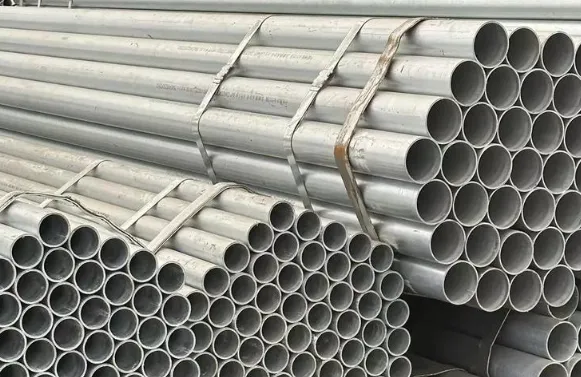
Causes of Welding Cracks in CS hollow structural pipes:
1. Different workpiece materials exhibit different physical and chemical properties during welding. Different welding materials also have different structures. Generally, cheaper welding materials contain more carbon and impurities, making them more susceptible to combustion of internal impurities due to sudden temperature increases during welding. The solid residue from combustion remains at the weld, ultimately affecting the welding result.
2. The influence of welding specifications: Welding is characterized by rapid heating, high current, and high temperature. There is a large temperature difference between the weld zone and the surrounding metal, and the cooling rate is also relatively fast. Under thermal stress, cracks will appear.
3. The influence of workpiece structure: During welding, welding deformation inevitably occurs in the weld zone. Since the workpiece is rigid and does not easily deform, internal stress is generated, leading to weld cracks.
Preventive Measures for Welding Cracks in CS hollow structural pipes
1. Thorough Pre-Welding Preparation: Before welding carbon steel workpieces, it is essential to consider the material properties of the carbon steel and the performance characteristics of the workpiece to ensure proper pre-welding preparation.
2. Develop a Reasonable Welding Process: The welding process significantly impacts the welding result, especially in weld treatment. For example, selecting a suitable beveling technique can effectively improve weld quality.
3. Choose Appropriate Welding Materials: Depending on the material, it is advisable to select appropriate welding rods. E5016 welding rods (ER50-6 welding wire is recommended) possess excellent mechanical properties and crack resistance.
4. Improve Operating Techniques: Sudden arc termination at the end of the weld will inevitably create a crater, a factor contributing to crack formation. A straight-line welding technique will result in a narrow and deep weld pool.






 English
English Español
Español بالعربية
بالعربية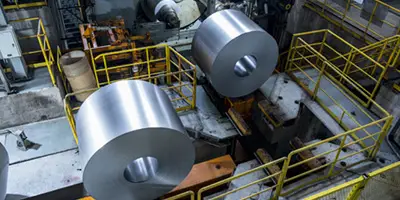

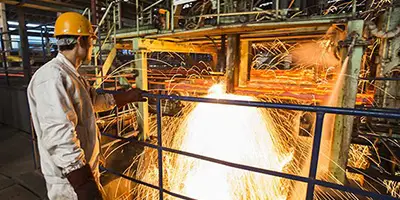
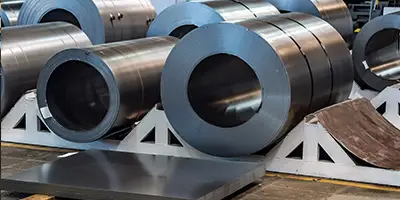

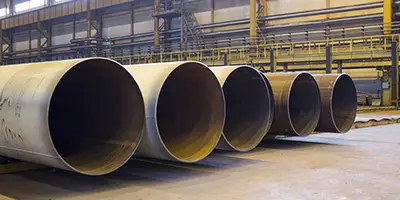
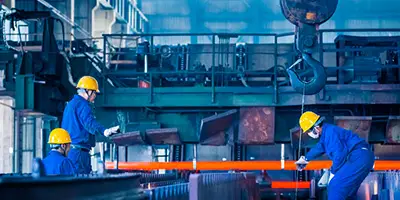


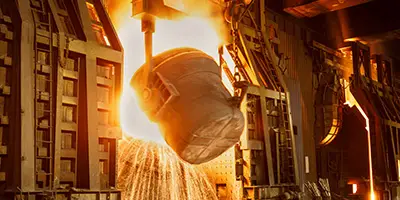
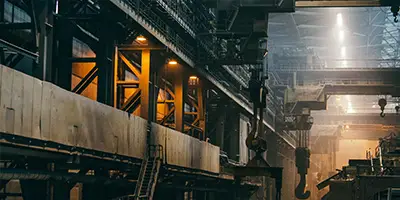

 Phone :
Phone :  Whatsapp :
Whatsapp :  Email :
Email : 


